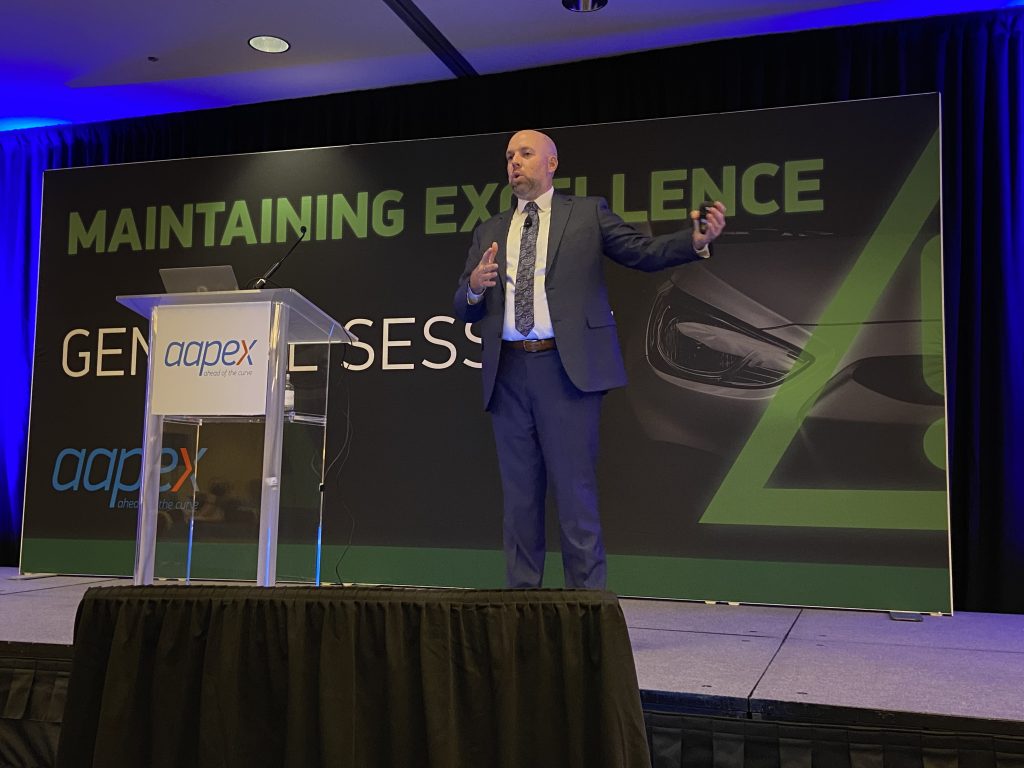
Consumers haven’t seemingly replaced do-it-for-me service by taking care of their vehicle needs themselves. Instead, according to an industry analyst, they’re adding do-it-yourself work on top of it.
This, suggested Nathan Shipley, executive director at The NPD Group, is a positive sign for the automotive aftermarket as consumers learned that they could take on DIY projects related to the automotive industry.
And that happened because the global pandemic gave consumers something they haven’t had too much of previously: Time. It wasn’t necessarily that people didn’t have the money to do certain things before — it was that they didn’t have the free time, according to Shipley.
Nathan Shipley, executive director at The NPD Group, speaks at AAPEX 2021“‘And so now all of a sudden, I’m working from home, I’m not travelling, and there’s an old car sitting in the garage. Now I have the time to mess with it,’” Shipley said of the customer mindset since March 2020.
Shipley spoke at AAPEX 2021 in Las Vegas during his annual presentation, Retail and Aftermarket Outlook.
The NPD Group polled consumers and asked what they were doing with their newfound free time. Do-it-yourself auto care was noted by 12.2 per cent of respondents. Also on the list were travelling and road trips (18.8 per cent) — which has a direct impact on the aftermarket — learning new skills (23.7 per cent) and outdoor activities (30.7 per cent). The last two could relate to the aftermarket, Shipley observed, as some of the skills people learned were around auto care and outdoor activities usually involve the use of automotive equipment.
“I think what’s an important distinction of DIY auto care is not to assume that that means they are doing it in place of DIFM,” he noted. “I think there’s a lot of consumers that maybe still are taking their vehicle back somewhere for some work, that they picked up other things that now they’re doing themselves. It just wasn’t happening prior to 2019.”
He pointed out that, thanks to COVID, about $400 billion in discretionary spending was freed up. Money that typically went to various sectors — mostly in the entertainment industry, such as movies, cruises, flights and hotels — was now being put into other areas, particularly discretionary retail. Even as some of those down areas open back up, it’s not quite the same as before. For example, while travel is rising, increases are being seen in areas like Airbnb.
“A lot of these folks are driving to those locations to enjoy that time,” Shipley said. “And that is something that, again, is a tailwind for this industry.”

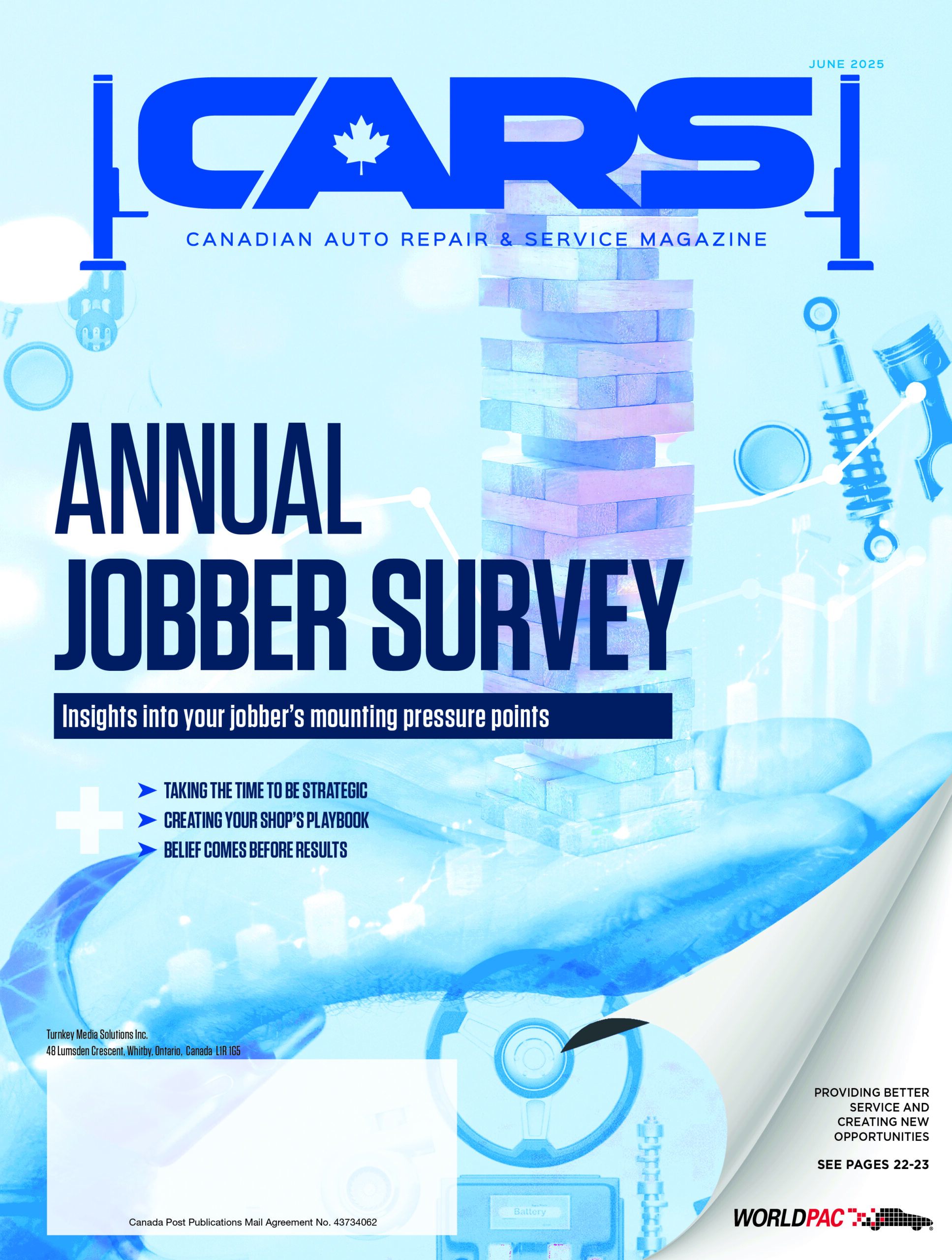
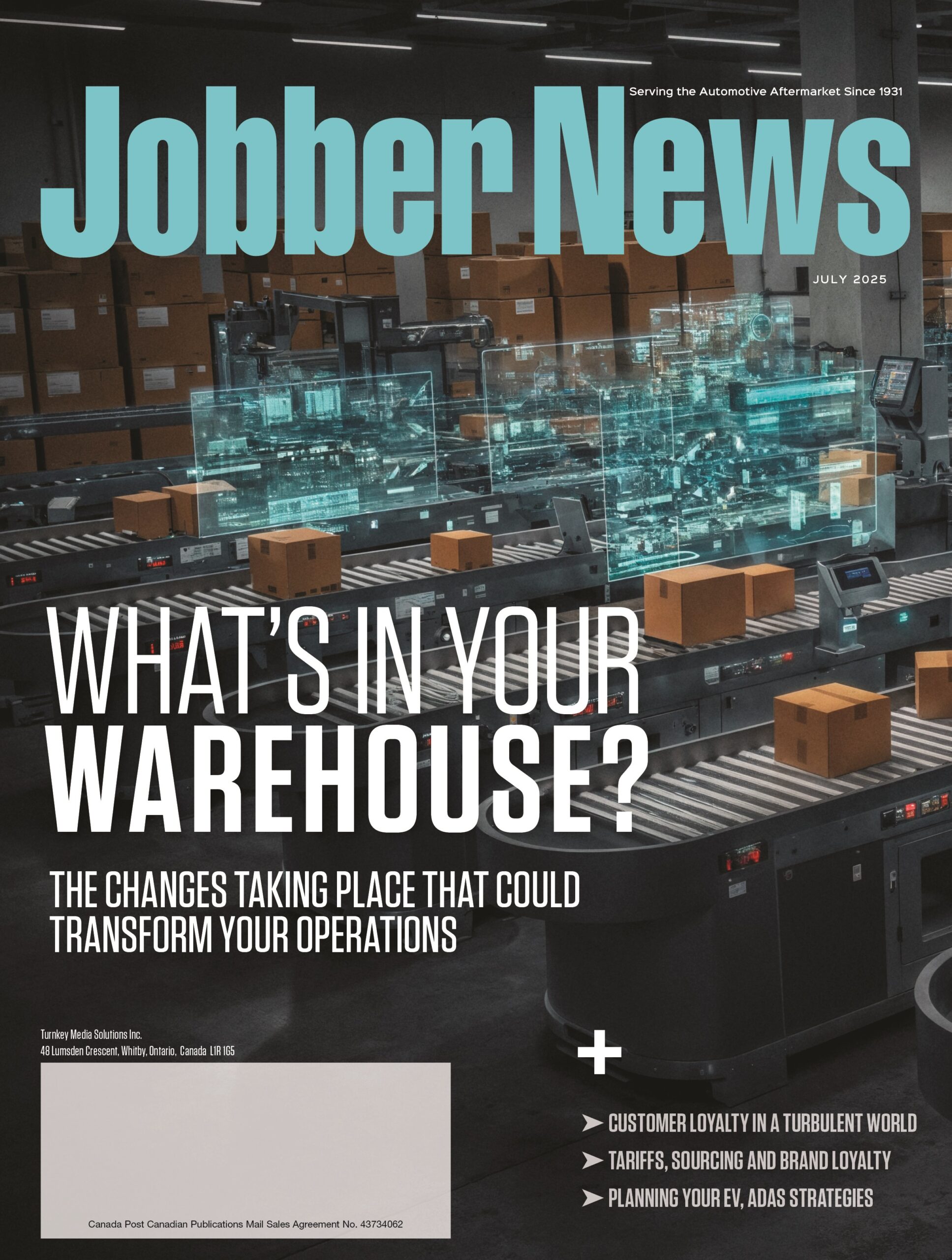
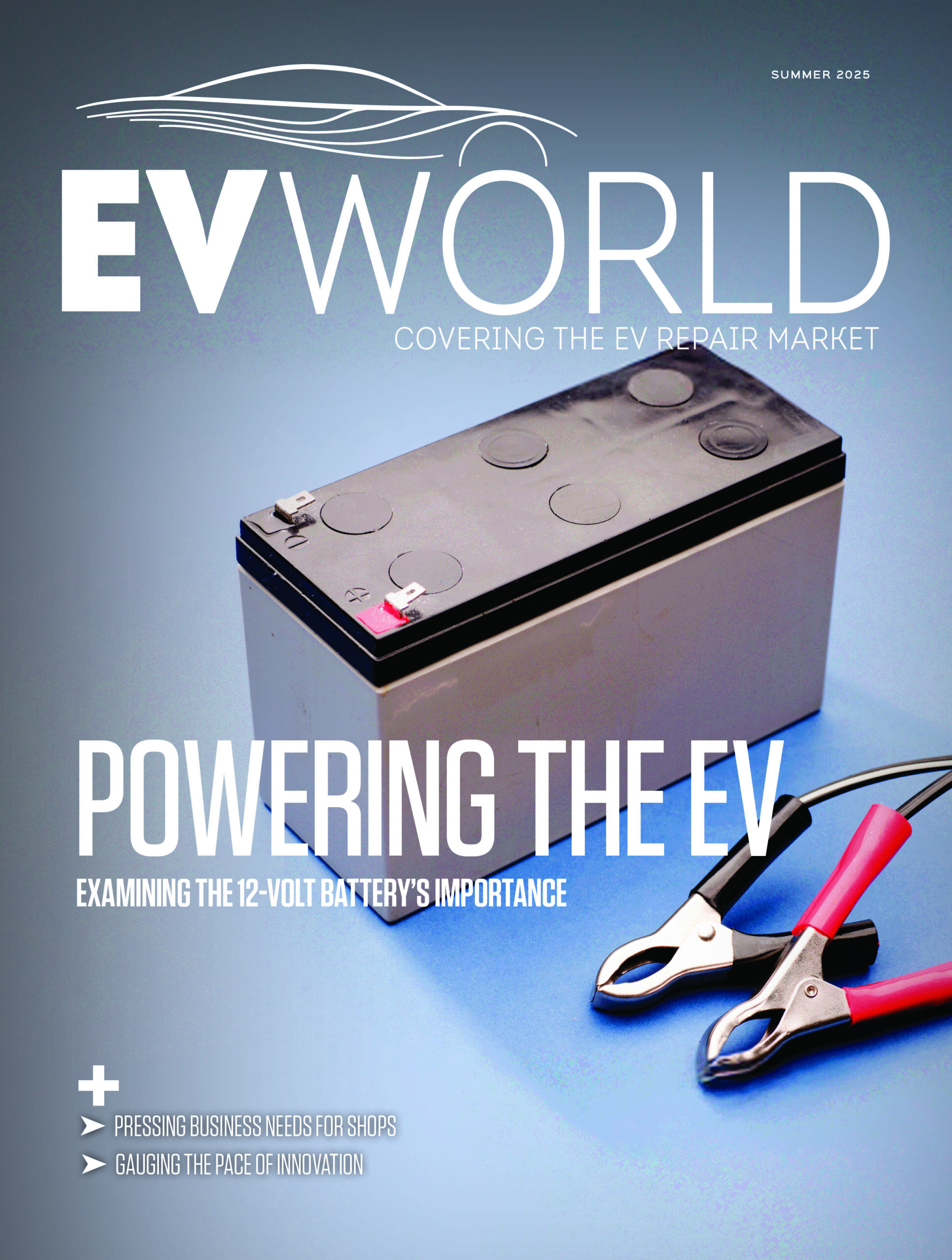

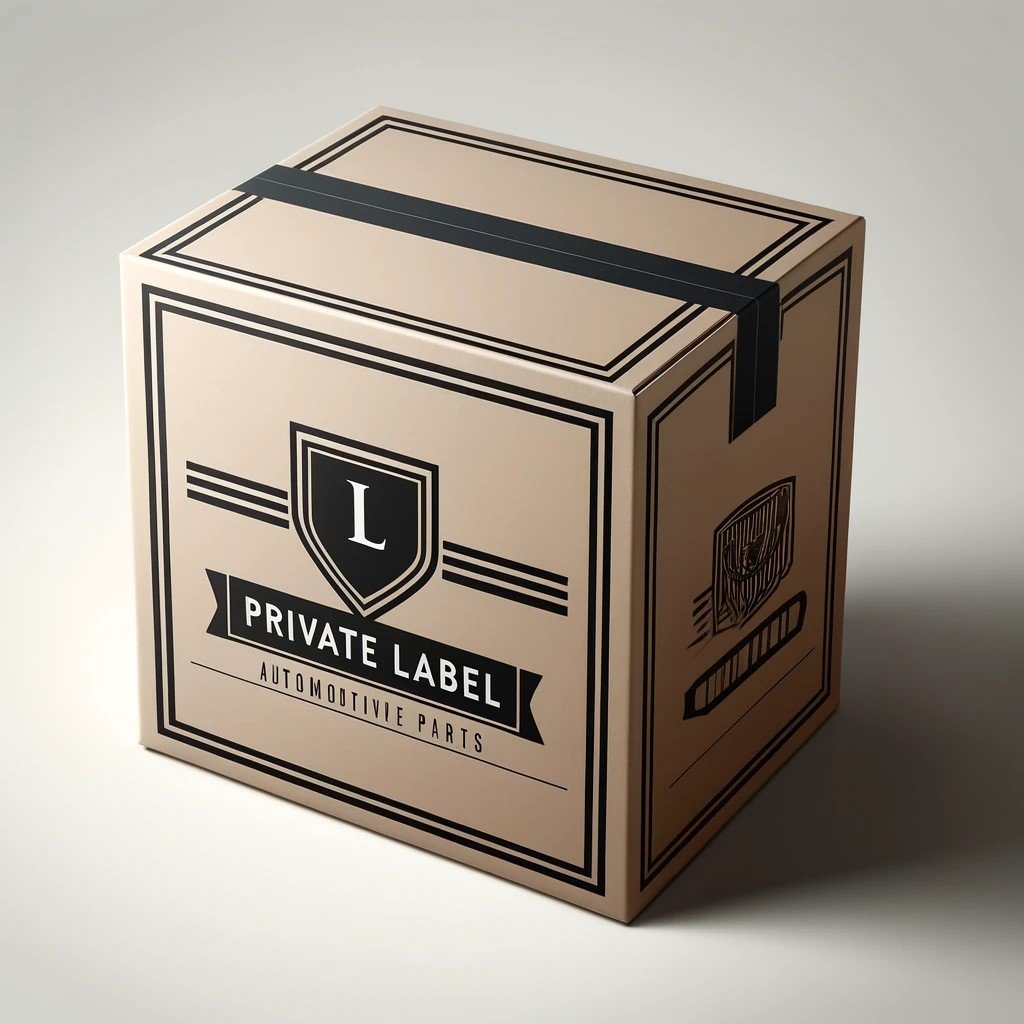

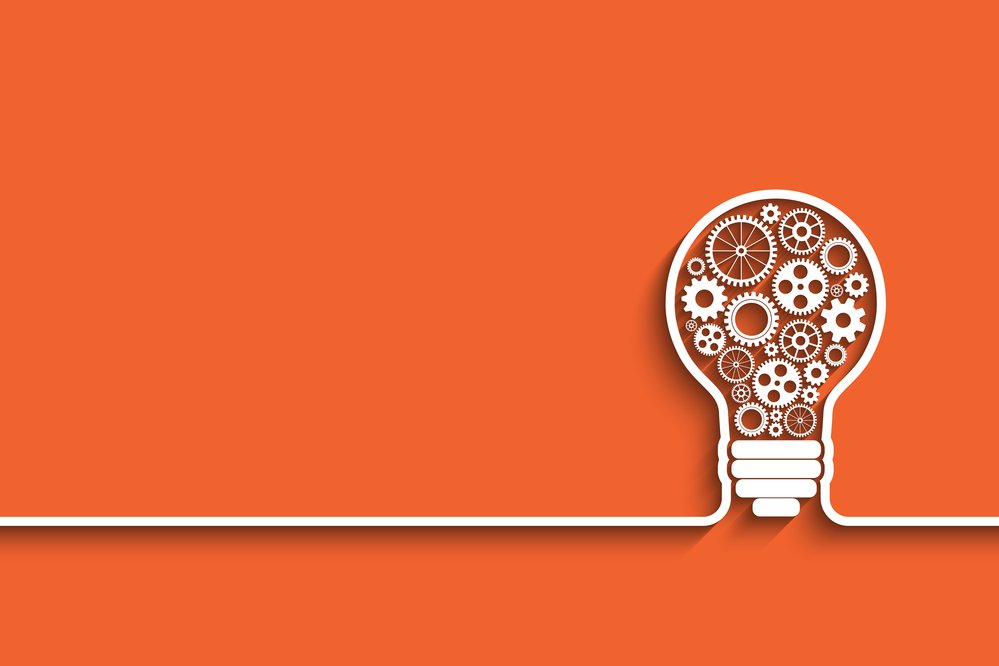


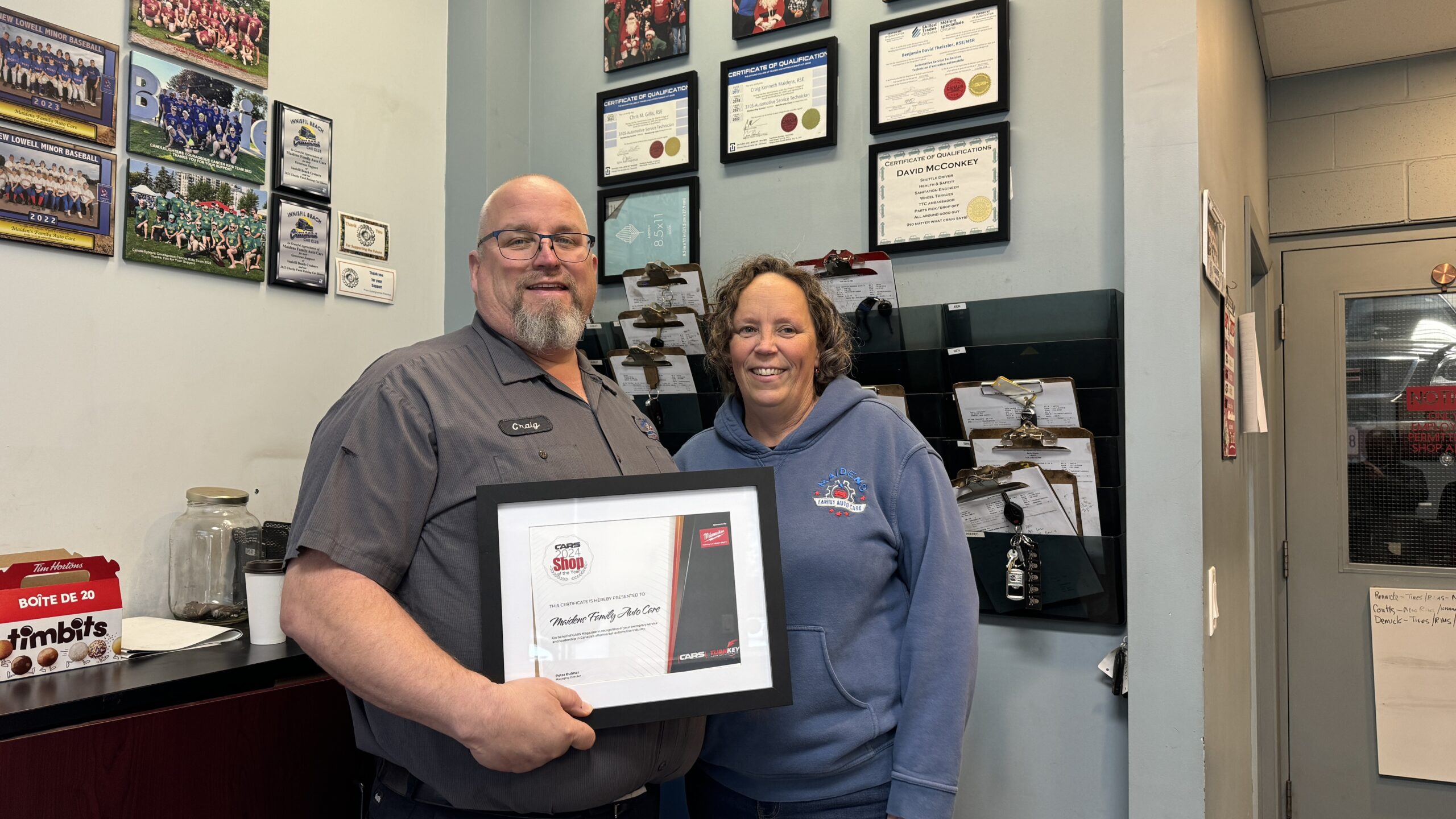

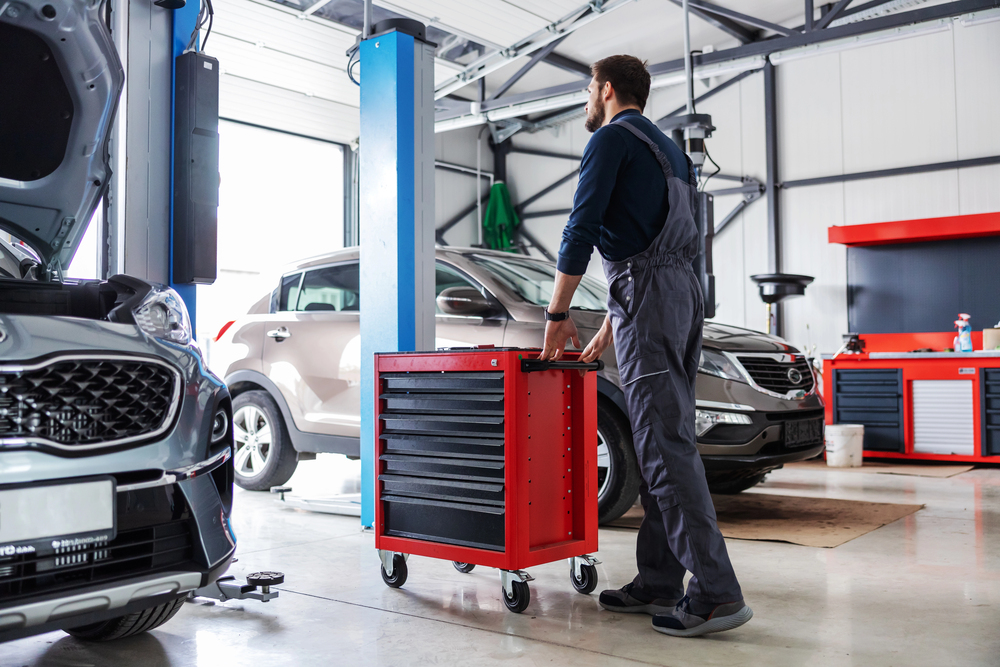
Leave a Reply